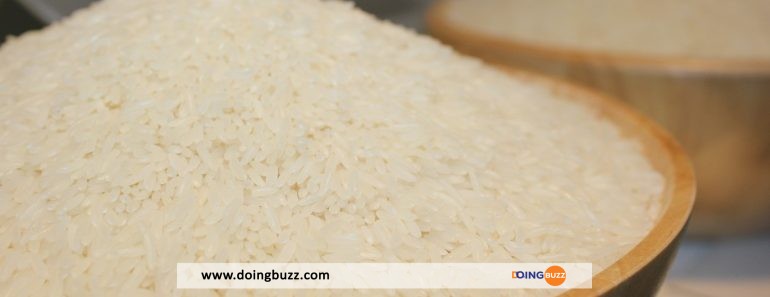Rice consumption has been so important throughout the history of mankind that today, countless dishes around the world contain rice as a main ingredient.
Rice is the result of the cultivation of a grain that originated in Southeast Asia and has been practiced for thousands of years. It is believed that it started in India and then, its cultivation spread to China, where it began to form part of the diet of the population at that time and then, it spread to the rest of the world.
Nowadays, there are countless varieties of rice used in cooking, from the most common and industrialized rice grains to rice that is considered exclusive for its characteristics and sensations: a perfect example of this is Jasmine rice.
In this post, you will learn a little more about this very special variety of rice, which is considered a premium ingredient in international cuisine, and which has made Thailand one of the best exporters of this kind of rice in terms of quality.
Read on and find out what the lands of ancient Siam have to offer!
If you already know something about this variety of rice and look for high-quality rice-based products, visit MahatmaRice® website and find one of the best Jasmine rice available on market by clicking the next link: https://mahatmarice.com/products/jasmine-white-rice/
What is the Jasmine Rice variety?
Jasmine rice is a rice of Thai origin, considered one of the most elitist kinds of rice among others. It is very well known for its snow-white color and jasmine aroma, and in Asian countries, it is used in many national dishes as a garnish for meat and fish. In addition, Jasmine rice is one of the main ingredients for Asian desserts.
Despite Thailand is the birthplace of Jasmine rice, it also grows in Cambodia, Laos, and southern Vietnam, although today the northeastern Thai region of Ubon Ratchathani is where the best quality Jasmine rice is grown.
Jasmine rice main nutrients are the complex carbohydrates, which make you feel full for a long time.
The average calorie content of 100 grams of Jasmine rice is 340 calories. Also, its protein content is 7.5 grams, the fat is 0.2 grams, the dietary fiber is 3.5 grams and the carbohydrates are 76 grams.
Also, Jasmine rice is noted as a « good » source of niacin, thiamin, iron, and selenium because the amounts found in the prepared product range from 10 to 20 percent of the recommended daily requirement.
How beneficial is Jasmine rice consumption?
Jasmine rice is an excellent source of folate (also known as vitamin B9), phosphorus, and potassium. Vitamin B9 plays a vital role during pregnancy, and phosphorus and potassium maintain a healthy body and strong bones.
Its content of dietary fiber can help reduce and control blood sugar and cholesterol levels, as well as prevent constipation, and reduce the risk of obesity, and provides vitamins B1 and D.
Also, the vitamins and minerals in Jasmine rice benefit the skin, and its antioxidant content helps reduce the risk of various diseases, such as cancer and heart disease, and they play an important role in protecting against free radicals in the body.
According to Thai culture, the cooking of rice must be perfect, as this perfection provides all the aroma and quality to the rice.
First of all, it is recommended to place the rice in a glass bowl and wash it very well with your hands until it loses almost all its starch, basically until the water comes out clean and let it drain on a colander.
The proportion of water will depend on the type of rice used, but for Jasmine rice, 2 1/2 cups of water is used for 1/2 lb. of rice.
Finally, salt is never added to this type of rice, it should be brought to the first boil and once the water is boiling, lower the heat, cover it with a lid or transparent paper, and cook for 25 minutes (25-35 if it is brown rice).
Lancez-vous dans une nouvelle aventure avec DoingBuzz
Découvrez une multitude d'offres d'emploi et de bourses d'études adaptées à votre parcours.
Newsletter
Abonnez-vous et accédez à tous nos articles en premier !



















